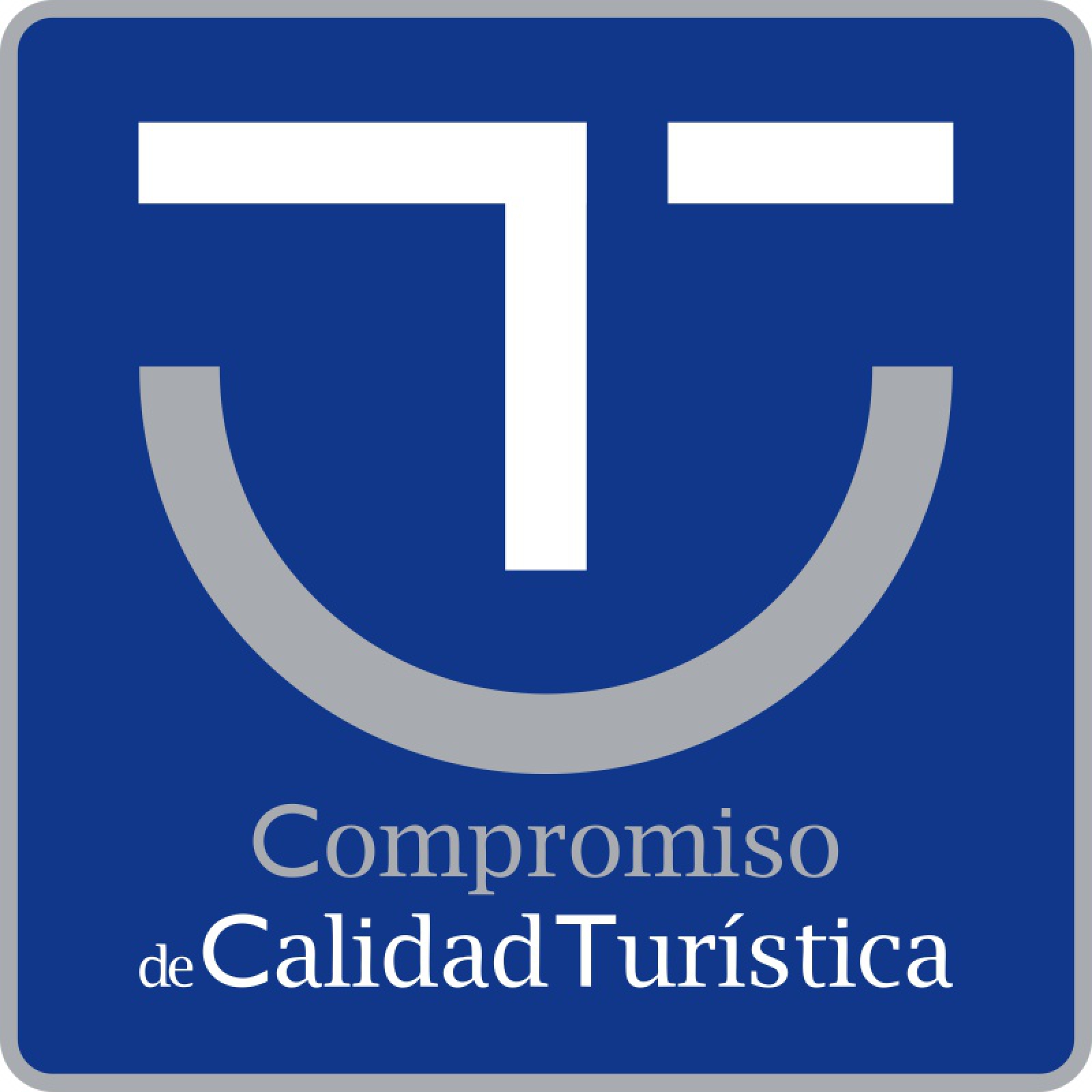The Atlantic Islands are located at the entrance of the Rías Baixas. Because of their privileged geographic location, they have a large diversity of fauna in the sea, the land and the sky. In this article, we want you to find out about all the animals that share this natural space.
The Atlantic Islands, a protected natural area
The Galician Atlantic Islands Maritime-Terrestrial National Park covers an area of 84 km2 that includes various islands and the seas surrounding the Islas Cíes (Cíes Islands) archipelago, situated on the Vigo Estuary, the Isla de Ons (Ons Island) and the Isla de Onza (Onza Island), in the Pontevedra Estuary, the Isla de Sálvora (Sálvora Island) and the Isla de Cortegada (Cortegada Island), located at the entrance and within the Arousa Estuary.
In 1980, the Islas Cíes were declared a natural park, which favoured measures being taken to protect its surroundings. Some time later, in 2002, the Galician Atlantic Islands Maritime-Terrestrial National Park was created, which included all the islands and waters around it. From that time, it has become part of the National Parks Network and has obtained greater protection and conservation of its natural environment.
Today, the islands are visited by tourists from all over the world who have to take account of a series of restrictions that help to reconcile the conservation within the park with the visitors’ use and enjoyment of the natural environment.
Thanks to this, various animal species coexist in this habitat without encountering any problems. If you visit any of the Park’s islands you will probably enjoy their presence and their company.
Marine fauna
In the Atlantic Islands you will find many marine species, some of which can be seen from the boat that takes you to the islands or from their coastlines, although others are more difficult to see. Within the great variety of fauna that live in the Atlantic Islands you will find many species that live along the coast. The waters surrounding the islands contain high levels of nutrients, making it the perfect home for various animal populations.
The biodiversity of fauna is surprising and it varies from one island to another depending on the depth of the water. On the sea floor, for example, you can find different types of fish, such as the undulate ray, whiting pout or small-spotted catshark. You can also find different species of crabs, octopuses and cuttlefish. On the rocks, and nourished by the richness of its waters, you can find beds of barnacles, mussels and sea urchins. And buried in the sand, hidden on the seabed, there are countless numbers of common cockles and razor clams.
In the Vigo Estuary part of the park, you can also find shoals of predatory fish, such as lancet fish, bass and mackerel. You can also see some marine mammals. Both from the islands and on the coasts, sometimes you can see various pods of dolphins, such as the common dolphin or the bottlenose dolphin, better known in Galicia as the arroaz.
There is an infinite variety of marine fauna and, due to various scientific initiatives many families of animals continue to increase, as they are protected within these seas. Through the Hippoparques Project for example, the CSIC (Spanish National Research Council) supervises the breeding of sea horses.
Terrestrial fauna
The wildlife that inhabits the Atlantic Islands is very diverse. Among the endemic animals of the area there are some notable scarab beetles and earwigs that can be seen in the scrubland that exists on the cliffs. The Swallowtail butterfly can also be found on the islands. This is an extremely beautiful species that, unfortunately, is in danger of extinction.
You may also come across some amphibians and reptiles on the islands. Although they are not very abundant, they have great biological value, as they have survived on the islands for 10.000 years without any underground humidity and without much fresh water. Species vary depending on the island that you visit. For example, on Sálvora, there are many Iberian painted frogs, a species that is undergoing extinction and which has not been found on the other islands for a long time.
Other invertebrates that inhabit the islands are the Bosca’s newt, and the common salamander. And as far as reptiles are concerned, there is one in particular that stands out: the ocellated lizard. This species measures 18 cm without measuring the tail, which makes it the largest in Europe.
Mammals are scarcer due to the small size of the islands. In the forests, you can find populations of rabbits, hedgehogs, moles, rats and mice. Three species of bats live in the caves. Also, the presence of a group of otters has been detected on Sálvora for some time. These mammals take advantage of the natural caves and areas of thick vegetation around the island’s coast.
Apart from the native fauna, you will also find invasive species. These are being controlled by the authorities because they pose a danger to the island ecosystems. One of these species is the American mink, which arrived on the Ons Islands from the coast of Pontevedra and which feeds on the eggs and chicks of birds nesting on the island. Another example is the feral cat, which has been introduced by humans and now poses a danger to the small mammals that live there.
Aerial fauna
Seabirds are the most characteristic fauna of the Galician Atlantic Islands. Here, you will find the largest colony of yellow-legged gulls in the world, with over 16.500 pairs breeding on these islands. The colony of European shag is also very large, as 80% of the population from the Cantabrian-Atlantic region live here, and 800 breeding pairs have been recorded.
You can also find other seabirds, such as the lesser black-backed gull and the European storm petrel. Due to the richness of the park’s marine life, these seabirds can find food in abundance during their breeding season. Other birds that stop off on the islands during their migration, or that overwinter here, are the great cormorant, the northern gannet, the sandwich tern, the Balearic shearwater and, in smaller numbers, the razorbill and the common guillemot. The latter used to nest on the islands in the past.
The Atlantic Islands are one of the most exceptional natural areas of the Galician Rías Baixas. Their fauna lives in this natural area throughout the year and receives its visitors without incident due to the respect and good behaviour of the tourists that visit the islands. We would like to invite you so that you can get to know them too. Book your ticket on the Mar de Ons in advance and enjoy this natural place and its biodiversity.




